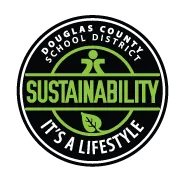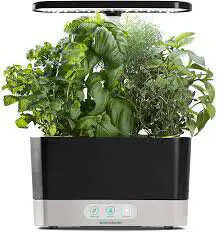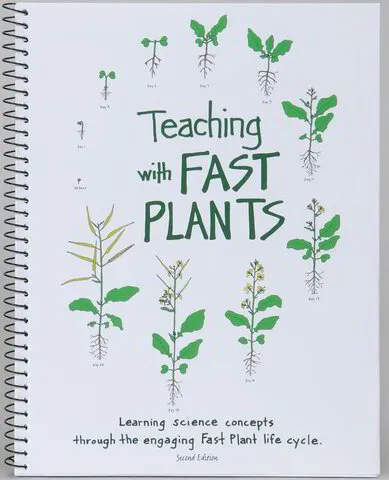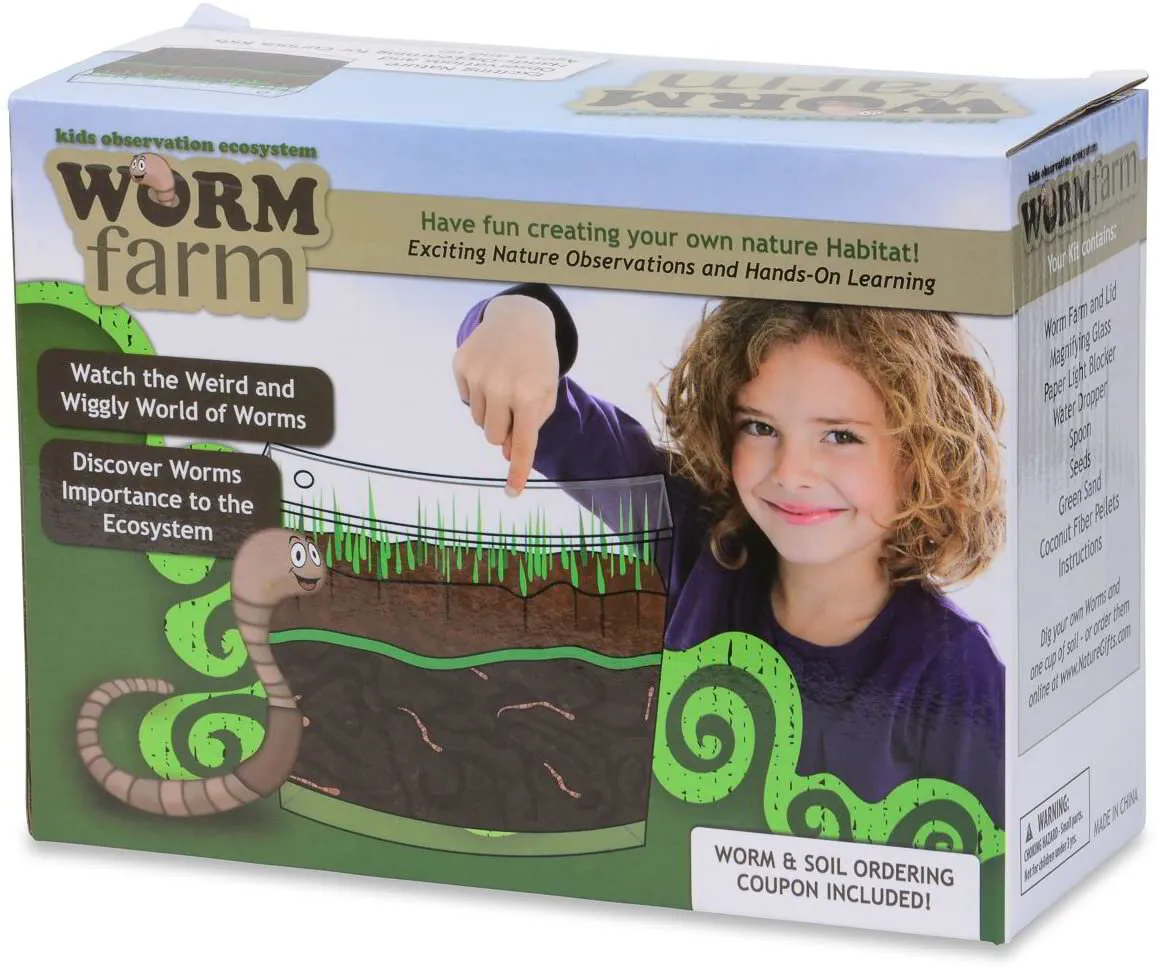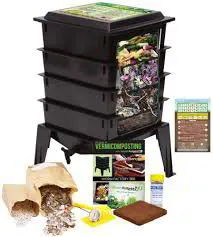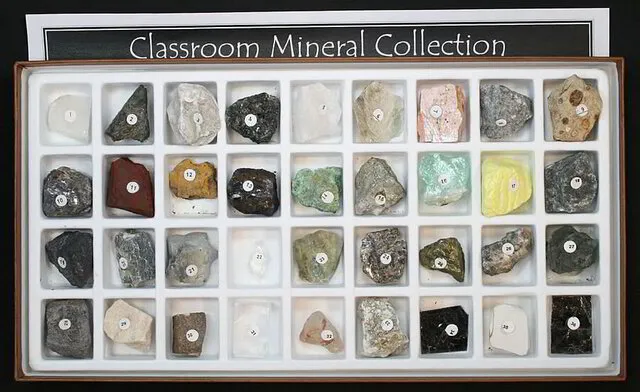Indoor & Outdoor Gardens
School gardens, outdoor or indoor, are powerful educational tools. Students become responsible caretakers, engage in agriculture, learn about human impacts and many more ways of sustaining life. Science is the most common subject linked to gardens but there are plenty of opportunities to teach math, history, English and the arts. Gardens are the ideal place to have real-life experiences for students while having hands-on engagement with ecosystems, weather, insects, soil and other environmental topics.
DCSD Sustainability Library k-12
Elementary
Sustainability connections to the CAS:
To live and grow, animals obtain food they need from plants or other animals, and plants need water and light.
Sustainability connections to the CAS:
- All organisms have external parts that they use to perform daily functions
- Young organisms are very much, but not exactly, like their parents, and also resemble other organisms of the same kind
- Patterns of movement of the sun, moon and stars as seen from Earth, can be observed, described and predicted
Lessons:
Sustainability connections to the CAS:
- Plants depend on water and light to grow and on animals for pollination or to move their seeds around.
- Wind and water can change the shape of the land; models can show the shape and these changes to the land.
Lessons:
Creating animals that disperse seeds
Bird Sleuth - a scavenger hunt
Sustainability connections to the CAS:
- Organisms have unique and diverse life cycles.
- Different organisms vary in how they look and function because they have different inherited information; the environment also affects the traits that an organism develops.
- Sometimes differences in characteristics between individuals of the same species provide advantages in survival and reproduction.
Lessons:
Butterfly habitat - watch the lifecycle of a butterfly
What is this for? Identify the parts of a seed
Sustainability connections to the CAS:
- Energy can be produced, used or released by converting stored energy.
- Organisms have both internal and external structures that serve various functions.
Lessons:
Sustainability connections to the CAS:
- Matter exists as particles that are too small to be seen; measurements of a variety of observable properties can be used to identify particular materials.
- The energy released from food was once energy from the sun.
- Plants acquire their material from growth chiefly from air and water.
- Matter cycles between air and soil and among plants, animals and microbes as these organisms live and die.
Lessons:
Plant growth investigation - aquaponics
Abiotic & Biotic Factors in Yellowstone National Park
Resources:
Middle
Sustainability connections to the CAS:
- Organisms and populations of organisms are dependent on their environmental interactions both with other living things and with nonliving factors.
- Ecosystems are sustained by the continuous flow of energy, originating primarily from the sun, and the recycling of matter and nutrients within the system.
- Ecosystems are dynamic in nature; their characteristics can vary over time. Disruptions to any physical or biological component of an ecosystem
Lessons:
Say Cheese! Journaling with Live Web-Cams
Going, going, gone - species conservation through PBL
Abiotic & Biotic Factors in Yellowstone National Park
The Function of Plant Structures
More Than Manure - soil analysis lab
The Frogger Project - Problem Solving, Prevent Frogger from becoming an environmental hazard
Sustainability connections to the CAS:
- All living things are made up of cells, which is the smallest unit that can be said to be alive.
- Organisms reproduce, either sexually or asexually, and transfer their genetic information to their offspring.
- Sustaining life requires substantial energy and matter inputs.
Lessons:
Photosynthesis - Plants’ Greatest Gift
The Beauty of the Flower - Structure and Function
Sustainability connections to the CAS:
- Genetic variations among individuals in a population give some individuals an advantage in surviving and reproducing in their environment.
- Human activities have altered the biosphere, sometimes damaging it, although changes to environments can have different impacts for different living things.
Lessons:
Photosynthesis - Plants’ Greatest Gift
The Beauty of the Flower - Structure and Function
Resources:
High School
Sustainability connections to the CAS:
9-12th grade
Lessons:
DCSD IT- Google Expeditions
